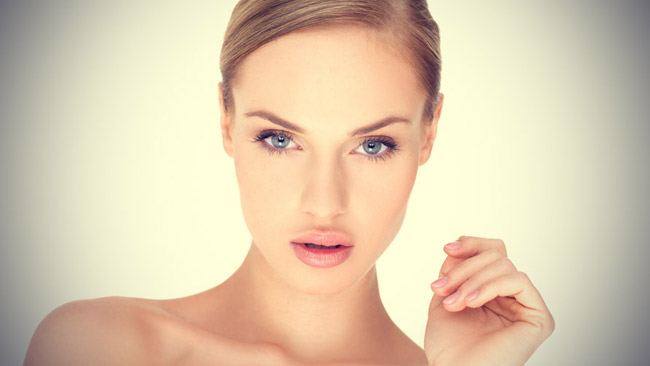
As we age the lens of our eye loses flexibility, and by 50 most of us need glasses and are holding the “small print” further and further from our eyes. The lens’ ability to change shape to accommodate to objects brought close to the eye is called “accommodation”. Modern living exacerbates this AGE-RELATED tendency to lose accommodation.
The conventional path to worsening vision is to wear glasses which make things sharp and clear. These often make the eyes weaker over time, and cause one to want stronger glasses. Instead, learn to become comfortable with a little blurriness, i.e. a 20/40 prescription, which is legal for driving in most states.
Follow these, Ten Steps To Visual Hygiene to reduce the heightened visual stress this admittedly mostly unavoidable modern near vision predominance produces.



- B) Blue is bad for it scatters light. Pink and yellow allow more light and strain the eyes on bright days. Cataracts sufferers should use brown for its softer tones. Polarized means a plastic film between the lenses that cuts off harmful glare and reflection.
- C) Most prescriptive sun glasses today have built in UV protection for both UVA and UVB which are the next two wavelengths after ultra violet on the visible spectrum. Check for the word filtered on the tag. Transitional lenses are clear indoor and dark outdoors, have a gray hue all the time, which is caused by UV from indoor fluorescent lighting.
- D) Best to wear at the computer and for night driving to reduce the halo effect are lenses with anti-reflection coatings that let in more light.
You can maintain your good eye health and vision, possibly reducing the need for ever stronger glasses, by following these simple recommendations.
Remember to breathe as you work. Often, especially when under stress, there is a tendency to hold one’s breath, limiting much-needed oxygen from the eyes and brain. Breathing also produces a relaxation effect in the body, good for reducing stress.